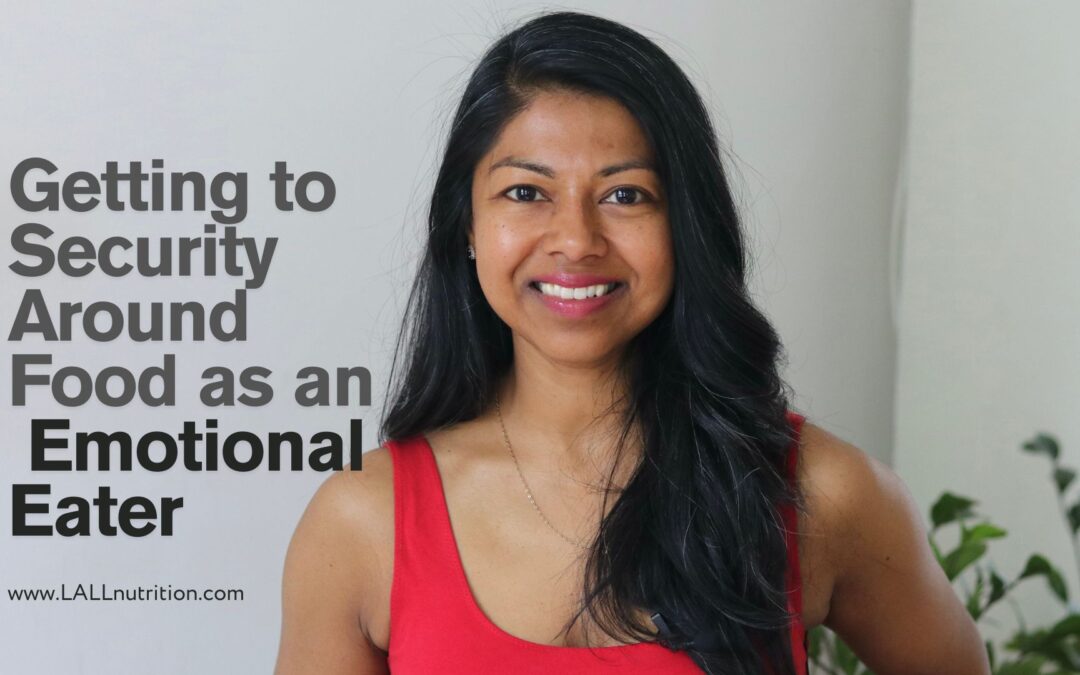Hello love,
Something I always talk about when it comes to emotional eating is that it’s a coping mechanism. It’s something many of us likely developed in childhood to help us manage discomfort, distress, and difficult emotions.
Often, this stems from the fact that our parents or caregivers weren’t able to model emotional regulation or guide us through our feelings. When we weren’t taught how to process emotions in a healthy way, we found our own tools—and for many, food became one of them.
Emotional Eating and Attachment
When we develop this kind of relationship with food, it usually means our relationship to our parents wasn’t very secure because they couldn’t be that safe space for our emotions. Instead of feeling securely attached, we may have developed anxious or avoidant styles of attachment.
So it’s not just about managing tough emotions, we’re also often carrying unmet developmental needs because we didn’t feel seen, heard, and validated. Core needs that were never fully met.
The Underlying Anxiety
As a result, we often walk through life with this sense of anxiety and insecurity. We’re searching for ways to feel safe, grounded, and okay.
For emotional eaters, food offers a way to create some temporary relief because it gives us a dopamine hit, a chemical high that numbs or soothes the discomfort we feel inside.
But the thing is… it’s just a band-aid.
We end up using food not for nourishment, but to cope. To simply feel okay.
The Root of the Pattern
Because we didn’t have that secure attachment growing up, we’re still (often unconsciously) trying to recreate that sense of safety within ourselves. And unless we resolve the pattern at the root it will continue to derail us.
The key isn’t to shame ourselves for using food this way, it’s to understand why we do it. That’s when healing becomes possible.
Let’s dive in:
- 2:32 – Why you look externally to meet a need because it wasn’t met growing up and how this leads to coping.
- 4:00 – What we’re using food for, and how that makes our relationship with it unhealthy.
- 5:30 – When you start to shift your emotional eating pattern and meet your true needs this happens.
- 6:20 – Why “thinking your way out” of emotional eating doesn’t work—and what actually does.
- 9:05 – Next steps and free resources.
Next Steps
1. If you are ready to start your journey to resolving your Emotional Eating you can download my free guide “What Are You Truly Hungry For?” to start discerning true from emotional hunger and catching your triggers HERE.
2. If you are ready to transform your emotional eating so that you can get to ease, peace and confidence around food and in your body with a step by step process and guidance then find out more about The Emotional Eating Evolution Program HERE.
To peace, confidence and security,
Michelle
Certified Holistic Nutritionist Specializing in Emotional Eating


